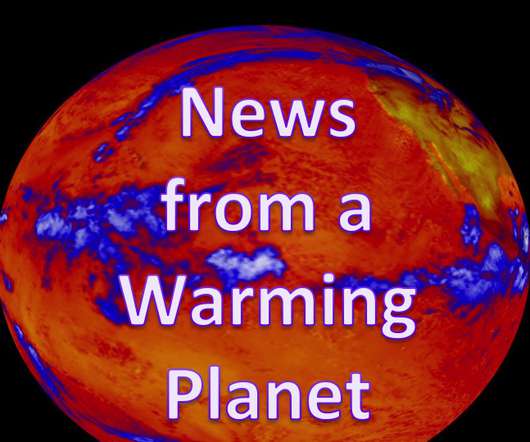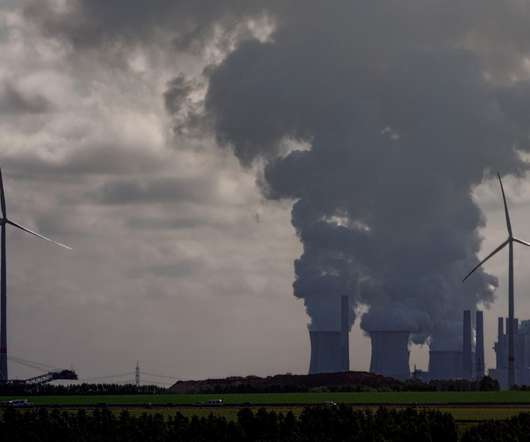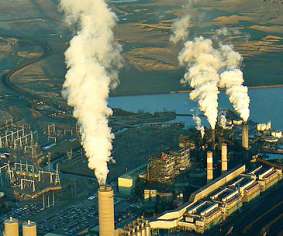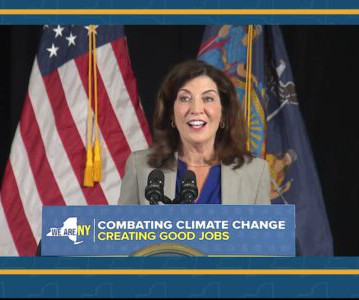Climate Policy: What’s Happening at the State Level?
Legal Planet
SEPTEMBER 6, 2022
The Infrastructure Act provides $5 billion in funding for states to help develop a national EV charging network. Last month, DOE solicited applications from states to develop clean energy projects. The Inflation Reduction Act provides another important source of state funding. Oregon seems likely to do so soon.






















Let's personalize your content